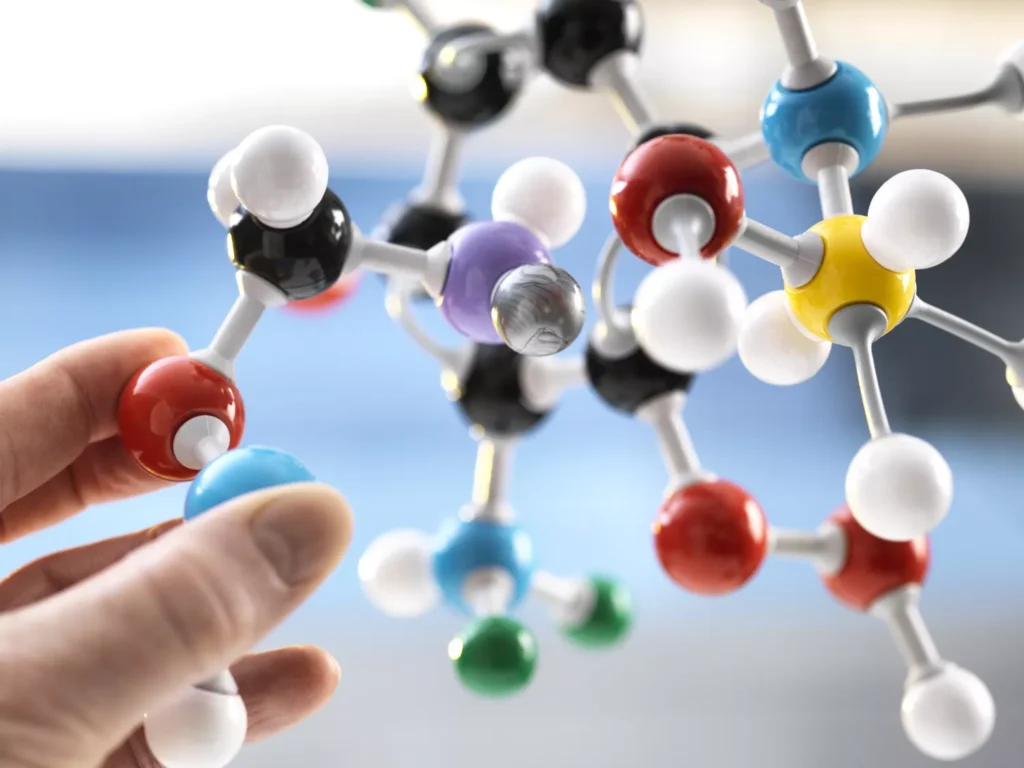Introduction to Chemical Bonds and Molecular Structures
Understanding chemical bonds and molecular structures is fundamental to the study of chemistry. Chemical ties are the causes that maintain atoms together in molecules. They are formed when atoms share or transfer valence electrons to achieve stability, commonly known as achieving a full octet. The nature of these bonds determines the physical and chemical properties of the substance. Visualizing these interactions through question davie draw the molecule given not only enhances our grasp of complex concepts but also aids in problem-solving and innovation in fields ranging from medicine to environmental science.
Draw Lewis Structure From Condensed Molecular Formula C2H6O
Drawing the Lewis structure of a molecule from its condensed molecular formula is a critical skill in chemistry, especially organic chemistry, where the visualization of molecules plays a significant role in understanding their behavior and reactivity. For instance, the condensed molecular formula C2H6O could represent either ethanol or dimethyl ether. These isomers, although sharing the same formula, have distinct structures and properties. Ethanol (CH3CH2OH) has an OH group making it polar and capable of hydrogen bonding, whereas dimethyl ether (CH3OCH3) features an ether linkage, affecting its boiling point and solubility.
The Importance of Question Davie draw the molecule given
Molecular drawing is not just a pedagogical tool but a vital part of the chemical communication lexicon. It allows chemists to convey information about molecular composition, configuration, and conformation succinctly and universally. Without an effective drawing, the sharing of ideas in chemistry would be less precise and more time-consuming.
Drawing Molecules from Spectral Data
Given spectral data from NMR, IR, and MS, the task of drawing a molecule involves a systematic approach:
- Mass Spectrometry Analysis: Begin by identifying the molecular ion peak in the MS spectrum to determine the molecular mass. This gives the total number of carbons, hydrogens, oxygens, and other atoms present in the molecule.
- IR Spectroscopy Interpretation: Review the IR spectrum for key absorption peaks that indicate functional groups (e.g., OH, NH, CO, etc.). This helps in adding specific groups to the molecular skeleton.
- NMR Spectroscopy Integration and Coupling: Analyze the NMR data to construct the backbone of the molecule. Look for the number of signals, their chemical shift values, splitting patterns, and integration to determine how many carbons and hydrogens are connected and their respective environments.
Basics of Molecular Representation
To accurately represent a molecule, one must understand the basics of molecular geometry and electron distribution. Lewis structures, for example, help depict the arrangement of electrons around atoms, providing insight into the molecule’s reactivity and properties. These question davie draw the molecule given include bonds between atoms (lines) and lone pairs of electrons (dots), offering a clear picture of molecular architecture.
The Role of Questioning in Learning Chemistry
Questioning is a powerful tool in learning chemistry. It encourages deep thinking and active engagement with the material. When students challenge themselves to draw molecules from formulas or predict molecular behavior, they develop a stronger, more intuitive understanding of chemical principles.
Why Questioning Matters in Chemistry
Questioning in chemistry serves several vital functions. It stimulates curiosity and motivates students to seek out knowledge rather than passively receive it. This proactive learning stance helps students develop a strong foundation in critical thinking and problem-solving skills, which are crucial in scientific inquiry and research.
Questioning as a Tool for Learning Chemistry
Effective questioning in chemistry can take many forms, from basic queries about the nature of materials and their reactions to more complex inquiries into the mechanisms and theories underlying those reactions. Here are some examples of how questioning can be effectively utilized in a chemistry context:
Critical Questions in Experimental Settings
In laboratory settings, questioning is used to predict outcomes, analyze procedures, and interpret results. Students may ask what would happen if variables are changed in an experiment or why certain reactions occur under specific conditions. Such questioning not only enhances their laboratory skills but also deepens their understanding of the scientific method.
Reflective Questioning for Conceptual Integration
Reflective questions encourage students to integrate new knowledge with what they already know, promoting a more comprehensive understanding of chemistry. Inquiries such as “How does this concept relate to our previous lessons?” or “What makes this chemical reaction important in everyday applications?” support pupils see the broader implications of the reports and connect theoretical information to useful applications.
Molecular Drawing in Organic Chemistry: Challenges and Techniques
Drawing complex molecules in organic chemistry presents its own set of challenges. The complexity increases with the size of the molecule and the presence of multiple functional groups and stereocenters. Techniques like skeletal formulae, where carbons and hydrogens are implied rather than explicitly shown, are commonly used to simplify these representations. This method focuses on the unique aspects of the molecule, making complex structures easier to parse and understand.
The Role of Geometry in Molecular Drawing
Geometry plays a crucial role in molecular drawing. The spatial arrangement of atoms within a molecule dictates its geometry and can significantly influence physical and chemical properties. Techniques such as VSEPR (Valence Shell Electron Pair Repulsion) theory help predict the three-dimensional structure and are often used in conjunction with Lewis structures to provide a more complete picture.
Conclusion: Why Visualization is Key in Chemistry
In conclusion, visualization through molecular drawing is indispensable in chemistry. It not only aids in the understanding and communication of complex chemical concepts but also enhances problem-solving skills. As we continue to push the boundaries of science, the ability to visualize and represent molecules accurately will remain a cornerstone of chemical education and research, driving forward our understanding of the molecular world.


